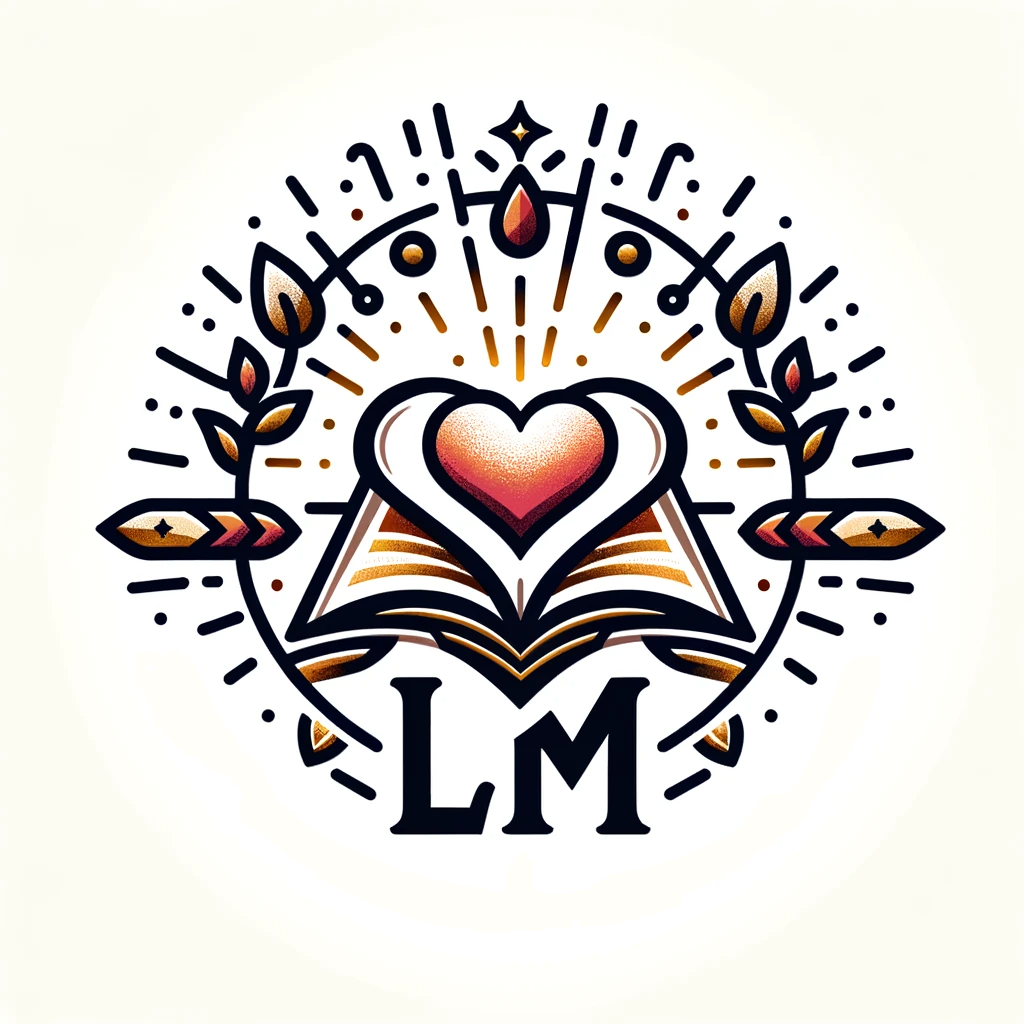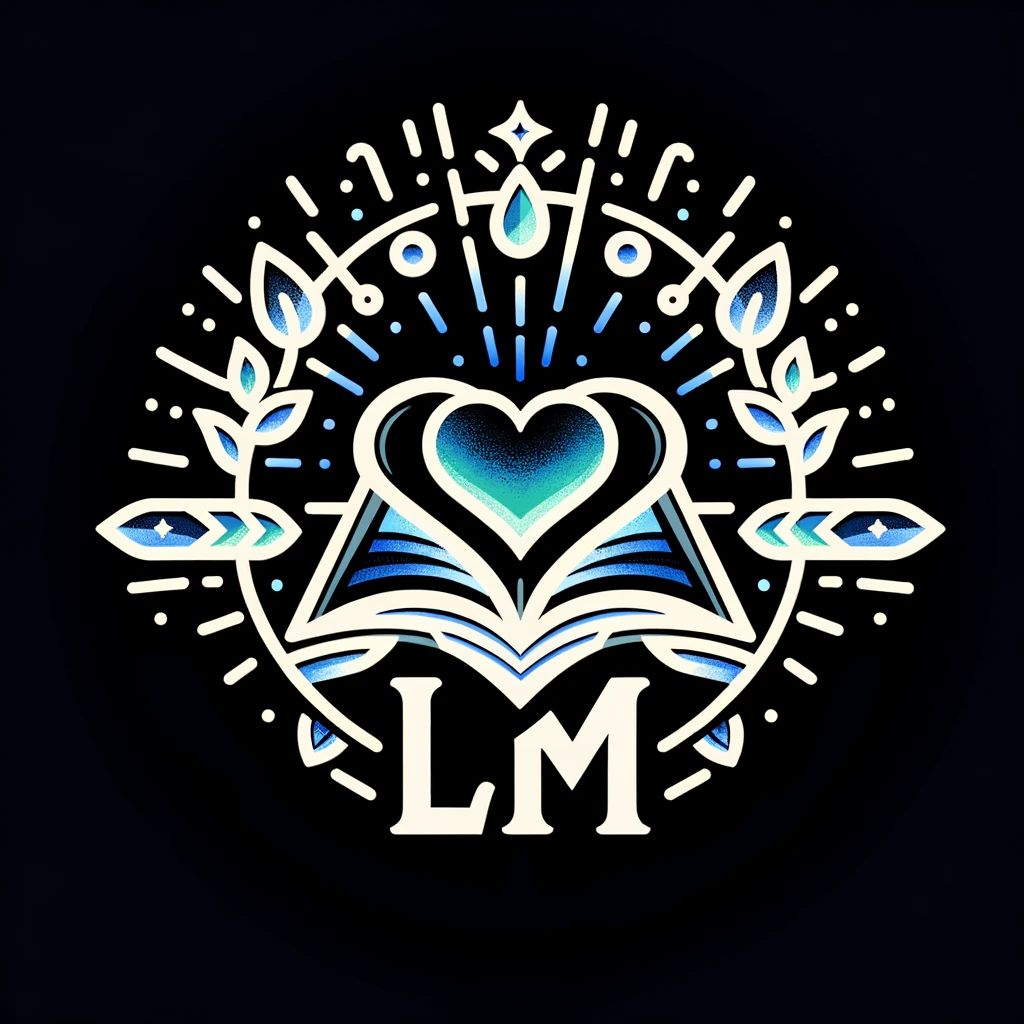Do you ever find yourself pondering the nature of love and its connection to the divine? Have you ever wondered how the concept of the Trinity relates to the tri-component unity of love? If so, you’re in the right place. In this blog post, we will dive deep into this intriguing topic and explore the intricate relationship between love and the divine trinity.
Love and Its Three Components: Father, Son, and Spirit
In order to understand the tri-component unity of love, we first need to grasp the three essential components that make up love. According to ancient teachings, love consists of a source, an object, and the verb or spirit of love. In the context of the divine trinity, these components manifest as the father, son, and spirit.
The father is described as the ultimate source of all things. Just as a biological father gives life to his offspring, the divine father is said to be the origin of all creation. The son, on the other hand, is referred to as the beloved, the object of the father’s love. It is through the son that the father’s love is manifested and experienced.
The spirit, in this context, represents the love itself. It is the divine force that connects the father and the son, and it flows between them. In essence, love is incomplete without this spirit or verb of love, as it is what allows the source of love to be expressed and received.
Mathematical Understanding of the Trinity: Unity in Multiplication, Not Addition
Understanding the concept of the Trinity can be a challenging endeavor, but we can gain some insights by exploring it mathematically. The traditional understanding of the Trinity is not as three separate entities, but rather as a unity of three in one. This can be likened to the operation of multiplication, where the factors are inseparable.
In multiplication, when two numbers are multiplied together, their product cannot exist without both factors. Similarly, in the Trinity, the father, son, and spirit are intertwined in such a way that they cannot be separated. The father exists through the son, and the son exists through the father and the spirit. This unity of three and one is a profound mystery that eludes complete comprehension.
Ancient Writings and the Threefold Image of God: Blending Unity and Diversity
The idea of a threefold image of God is not only found in biblical references but has also been mentioned in various ancient writings. These writings highlight the essence of a plurality within the divine being. They emphasize both unity and diversity, indicating that the concept of the Trinity is not a new invention but has ancient roots.
These ancient texts shed light on the significance of perception and faith in understanding the threefold nature of God. They suggest that our ability to perceive the interplay between unity and diversity within the divine is crucial for developing a deeper understanding of the Tri-Component Unity of Love.
Perception, Faith, and the Threefold Nature of God
Perception and faith play essential roles in grasping the tri-component unity of love within the divine trinity. By cultivating an open mind and heart, we can begin to perceive the interconnection between the father, son and spirit. It is through faith that we embrace the mystery of the divine and recognize that our understanding is limited.
While we may never fully comprehend the intricacies of the Tri-Component Unity of Love, embracing the mystery and nurturing our perception and faith can lead us to a deeper appreciation of the divine and its connection to the concept of love.
God as Love: Connecting Source, Subject, and Object
The concept of God as love perfectly aligns with the tri-component unity of love. Love, like God, requires a source, a subject, and an object. The father serves as the source, the son as the object of love, and the spirit is the love itself, connecting them. Love is depicted as a verb, an action that flows and unifies the subject and object.
By understanding the relationship between the concept of love and the divine trinity, we can gain a deeper understanding of the nature of love itself. It is through contemplating the Tri-Component Unity of Love that we unveil the profound connection between the divine and the essence of love.
So, the next time you ponder the nature of love, remember the tri-component unity within the divine trinity and how it beautifully reflects the complex nature of love itself.

